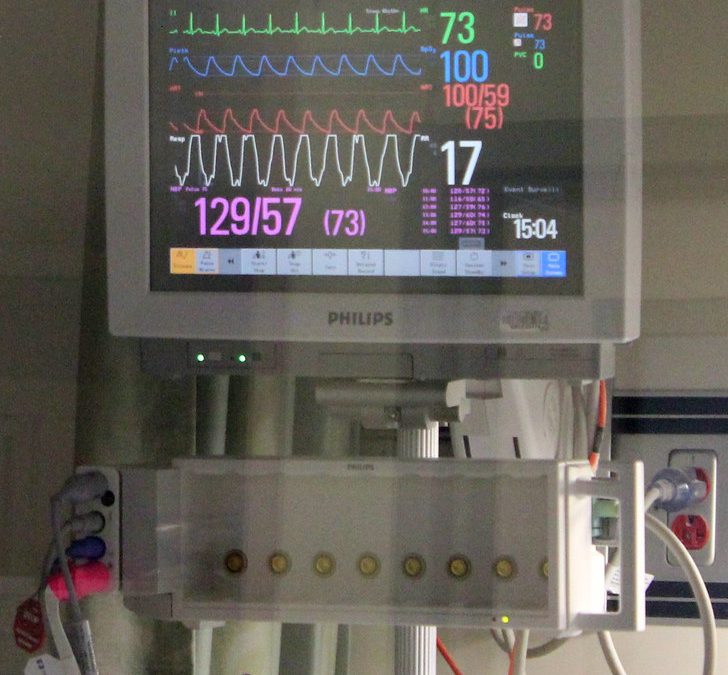Methodology: 4/5
Usefulness: 4/5
Kjaergaard J, et al. N Engl J Med. 2022 Oct 20;387(16):1456-1466.
Question and Methods: This was a double-blind, randomized trial assessing whether a higher or lower arterial blood-pressure target would be superior in preventing death or severe anoxic brain injury in comatose survivors of OHCA.
Findings: The composite outcome of death or hospital discharge with severe disability or coma within 90 days occurred in 32% of patients in the lower MAP group (63mmHg), 34% of patients in the higher MAP group (77mmHg) with a hazard ratio of 1.08 (95% CI 0.84-1.37)
Limitations: This study only enrolled patients with a suspected cardiac cause of cardiac arrest and therefore the results do not apply to patients with other etiologies of cardiac arrest.
Interpretation: For our practice, when it comes to MAP targets in survivors of OHCA, we should continue to target a MAP of >65mmHg in a post arrest setting. This study shows there is no benefit to targeting the MAP higher than this.
JC Supervisor: Dr. Jeff Perry
Authors
-

Dr. Alie Wudwud is a FRCPC Emergency Medicine resident in the Department of Emergency Medicine, University of Ottawa. She is also a junior editor for the EMOttawa Blog.
View all posts -

Dr. Rosenberg is an emergency physician at the Ottawa Hospital, associate professor at the University of Ottawa, and Director of the Digital Scholarship and Knowledge Dissemination Program.
View all posts -

Dr. Perry is an Emergency Physician and full Professor in the department of Epidemiology and Community Medicine. He has a special research interest in subarachnoid hemorrhage, TIA and stroke.
View all posts


Trackbacks/Pingbacks